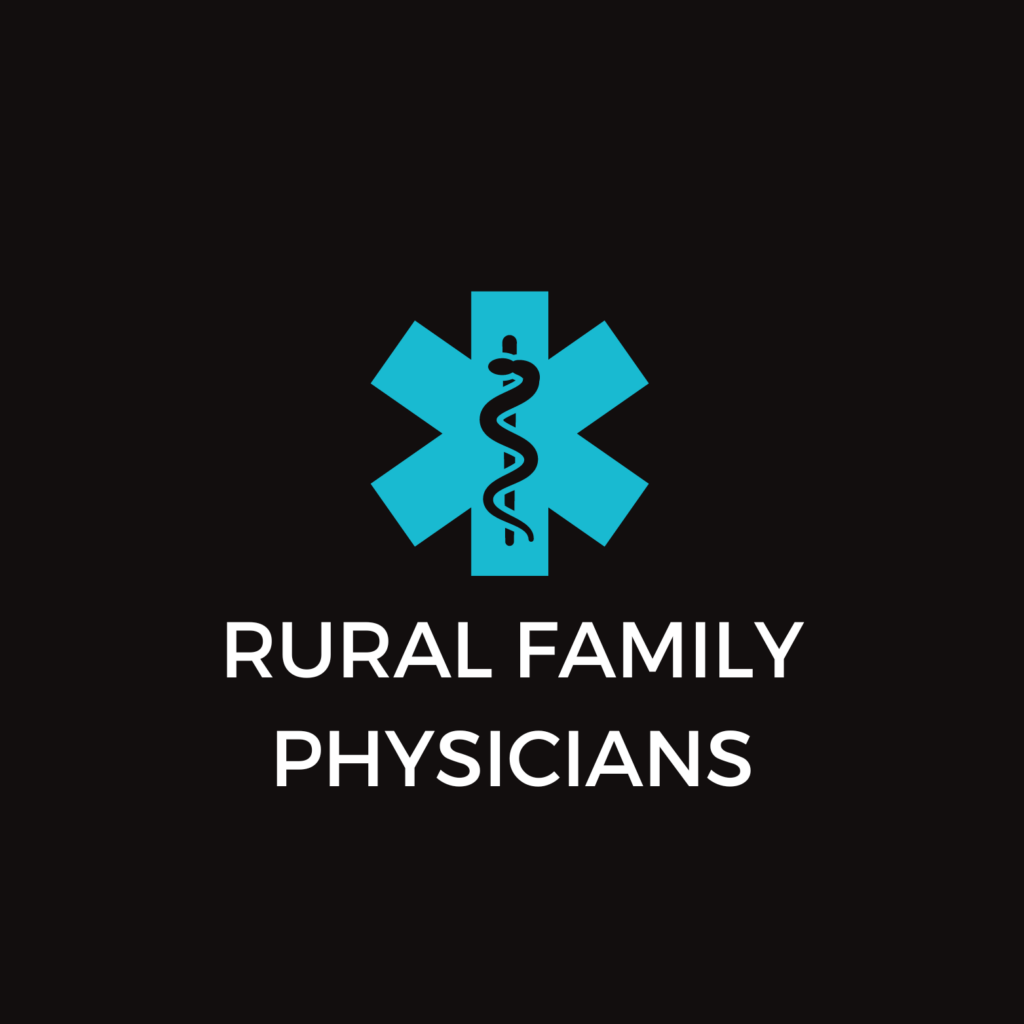January CEO Update: Happy New Year!
 I hope everyone enjoyed some well-deserved time off with family and friends! One of the first things I like to do at the start of a new year is establish my goals and the goal that consistently makes my list is “sustaining rural health.” One of the ways CRHC works towards sustaining rural health is through policy and advocacy. Last week, CRHC released the 2017 Snapshot of Rural Health in Colorado.
I hope everyone enjoyed some well-deserved time off with family and friends! One of the first things I like to do at the start of a new year is establish my goals and the goal that consistently makes my list is “sustaining rural health.” One of the ways CRHC works towards sustaining rural health is through policy and advocacy. Last week, CRHC released the 2017 Snapshot of Rural Health in Colorado.
The 2017 Snapshot of Rural Health report highlights rural health data such as demographic trends, economic impact analysis, health risk indicators, county-level health disparities and rural practice transformation initiatives. CRHC produces this annual publication to provide insightful and easy-to-digest information about the state of rural healthcare in Colorado. The Snapshot is a report that CRHC uses year-round when advocating at the State and Federal level for our rural members.
Highlights of the data include:
- 40% of Coloradans over the age of 80 live in rural Colorado, and by 2018, almost 40% of rural Colorado residents will be 65 or older
- 38% of rural Colorado kids are on Free or Reduced Lunch
- 28% of rural Coloradans are enrolled with Medicaid, as opposed to 21% of urban Coloradans
- Between 2002 and 2014, rural Colorado saw a 140% increase in opioid overdose deaths, compared to a 96% increase in urban areas during the same time frame
- 12 Colorado counties do not have a mental health provider (licensed psychologist or licensed clinical social worker)
- 13 rural Colorado counties do not have a hospital
- Healthcare is often one of the top 3 industries in a rural community. One rural physician’s employment creates approximately 23 additional jobs and $889,000 in annual secondary revenue
There has been a lot of discussion over the past year about the opioid crisis and as you can see, a 140% increase in deaths over twelve years is significant. In the mid-2000’s, opioid-based pain medications were prescribed for a wide variety of conditions (backpain, toothaches, post-surgery pain killers, etc.), which helped lead to the abuse. With the increase in use and abuse levels, protocols were changed to shift how opioids were prescribed and used. Based on the change, the number of prescriptions for opioids significantly decreased, however this lead to an increase in heroin use, which is cheaper and often easier to procure than prescription opioids. Hence, the significant increase in deaths. This problem is difficult to tackle in rural communities due to the fact that providers must obtain a waiver under the Drug Addiction Treatment Act in order to prescribe the medication, buprenorphine. This medication is commonly used to treat the addiction on an outpatient basis. The other major issue is the lack of resources and time to adequately support patients during this transition. Adding to these issues are the typical issues faced in rural communities such as a workforce shortages, the stigma around treatment (i.e. “My friends and neighbors see when I’m at the clinic”) and transportation. If you’d like to hear more about the Opioid crisis and participate in solutions, please attend CRHC’s Forum, April 12 – 14, 2017 to hear more on this topic.
In February, CRHC makes its annual visit to Washington DC to advocate on behalf of our rural communities in Colorado. This year, we are concerned with the impact of the ACA repeal without a replacement identified and the impact on your hospitals, clinics and communities. Please share your stories with me at mm@coruralhealth.org or Kelly Erb at ke@coruralhealth.org
The Snapshot of Rural Health is available for download at https://coruralhealth.org/services/policy-and-advocacy – For additional resources, visit the CRHC resource center at https://coruralhealth.org/resources.





